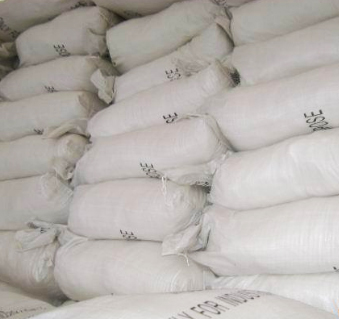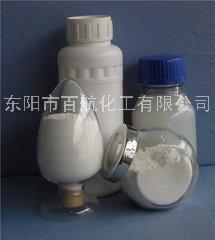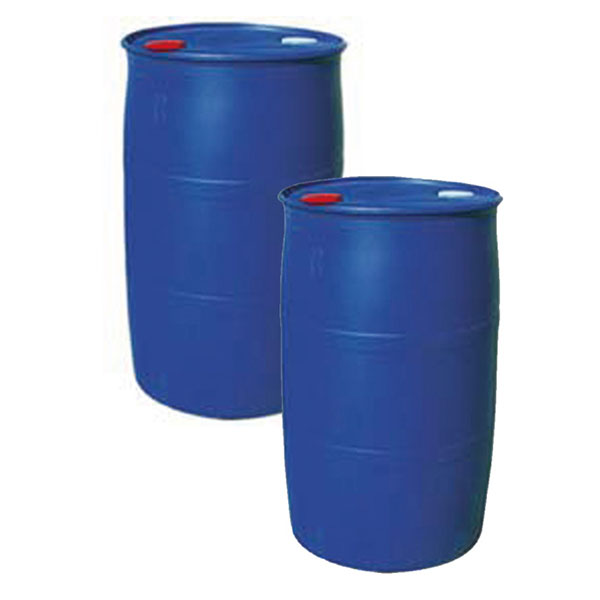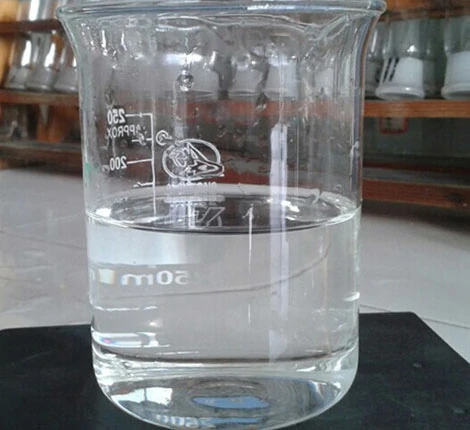Pharmaceutical Raw Materials
Veterinary API
Antiallergic Drugs
Hormones and Endocrine Drugs
Drug Metabolism
Pharmaceutical Intermediates
Synthetic Anti Infective Drugs
Specialty Drugs
Vitamins and Minerals Medicines
Feed Drug Additive
Antineoplastic Agents
Nervous System Drugs
Respiratory Drugs
Diagnostic Agents
Anti Stress Drugs
Antipyretic Analgesics
Antiparasitic Drugs
Circulatory System Drugs
Biochemicals
Blood System Drugs
Immune System Medication
Pharmaceutical Excipients
Fluid, Electrolyte, and Acid-Base Balance
Urinary System Drugs
Antibiotics
Anesthetic Agents
Inhibitors
Other Chemical Drugs
Digestive System Drugs
CAS:5781-53-3
Molecular Formula:C3H3ClO3
Alias
More Information
Methyl Oxalyl Chloride; Methyl Chlorooxoacetate; Methyl 2-Chloro-2-Oxoacetate; Acetic Acid, Chlorooxo-, Methyl Ester; Methyl (Chlorocarbonyl)Formate; Chloroglyoxylic Acid Methyl Ester; Methyloxalylchloride; Acetic Acid, 2-Chloro-2-Oxo-, Methyl Ester; Methyl Chloro(Oxo)Acetate; Methylchlorooxoacetate; Methyl 2-Chloro-2-Oxo-Acetate; Methoxalyl Chloride; Methyl Chlorooxalate; Methylchloroglyoxylate; Clcoco2Me; Methyl Chloro-Oxoacetate; Methyl Cloro(Oxo)Acetate; Methoxyglyoxyloyl Chloride; Methyl Chloro-Oxo-Acetate
Brief Introduction
This product is mainly used as pharmaceutical and chemical raw materials.Used as pharmaceutical intermediates.
Suppliers
View More Vendors (2) >
CAS:59278-00-1
Molecular Formula:C7H12O5
Alias
More Information
2-Oxa-1,4-Butanediol Diacetate; Acyclovir Side Chain; 1,4-Diacetoxy-2-Oxabutane
Brief Introduction
Intermediate for the preparation of Acyclovir-d4.
Suppliers
View More Vendors (2) >
CAS:6153-56-6
Molecular Formula:C2H6O6
Alias
More Information
Oxalic Acid,Dihydrate; Ethanedioic Acid, Dihydrate; Unii-0K2L2Ij59O
Brief Introduction
It is mainly used as reducing agent and bleaching agent, mordant in printing and dyeing industry, as well as refining rare metals and synthesizing various oxalates, oxalates and oxalamides.
Suppliers
View More Vendors (2) >
CAS:629-41-4
Molecular Formula:C8H18O2
Alias
More Information
Octane-1,8-diol; Octamethylene Glycol; 1,8-Octandiol; Octan-1,8-Diol; ODOL; Octane,1,8-Dihydroxy-; Octylene Glycol; Octanediol(1,8-)
Brief Introduction
1,8-Octanediol, also known as octamethylene glycol, is a diol with the molecular formula HO(CH2)8OH. 1,8-Octanediol is a white crystalline solid at room temperature and pressure.
1,8-Octanediol is used as a monomer in the synthesis of some polymers such as polyesters and polyurethanes. It has bacteriostatic and bacteriocidal properties which make it a useful preservative. It is also used in coating materials, slurries, paper mills and water circulation systems for the effective preservation against bacteria and fungi.
As with other fatty alcohols, octane-1,8-diol is used in cosmetics as an emollient and humectant.
Suppliers
View More Vendors (2) >
CAS:6342-56-9
Molecular Formula:C5H10O3
Alias
More Information
1,1-Dimethoxyacetone; 1,1-Dimethoxy-2-Propanone; Alpha,Alpha-Dimethoxyacetone; Methylglyoxal Dimethyl Acetal; Pyruvaldehyde 1,1-Dimethyl Acetal; Pyruvaldehyde-1-Dimethyl Acetal; Pyruvic Aldehyde Dimethyl Acetal; Pyruvaldehyde Dimethylacetal
Brief Introduction
The product is an important intermediate raw material for production in the field of chemical industry and medicine. It is used to prepare antitumor drugs, cytokine inhibitors, anti cardiovascular drugs, antibiotics and other drugs.
Suppliers
View More Vendors (2) >
Inquiry (
10
/ 10
)
Clear All
Sign In
Error!

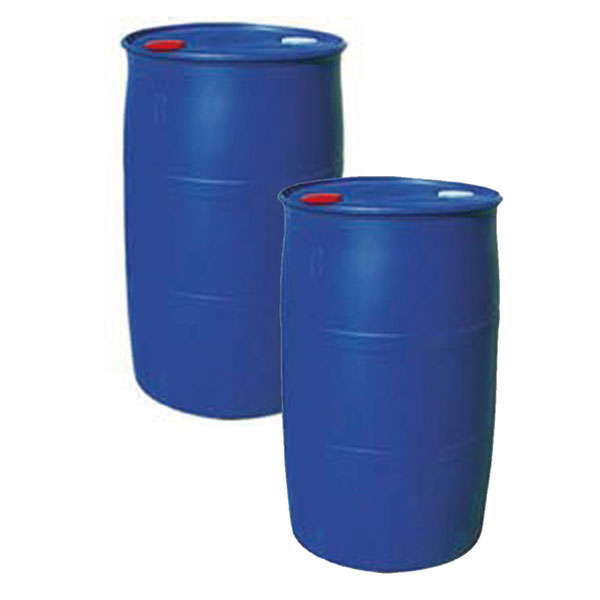
![2-[(Acetyloxy)Methoxy]Ethyl Acetate](https://res.chemball.com/upload2/5e665653-3a39-40ef-b1c9-56f84ab56b47.png)

